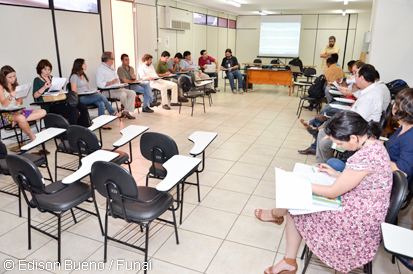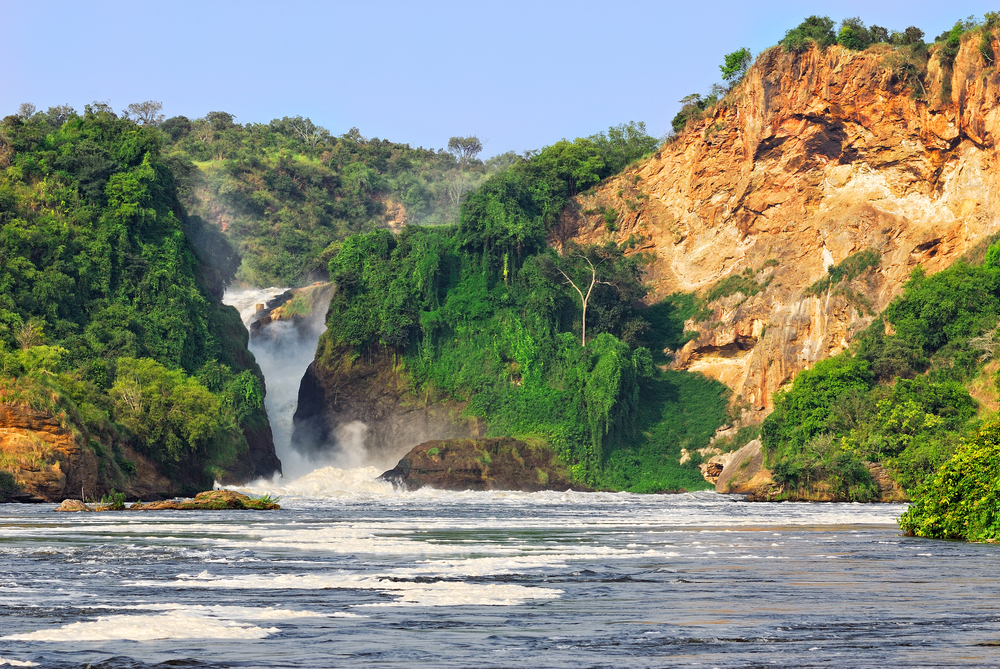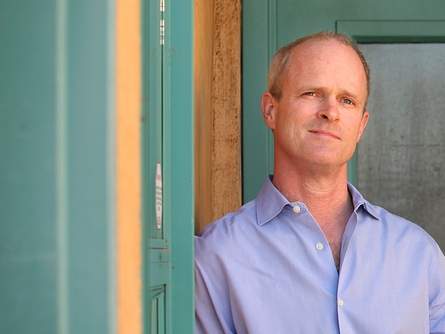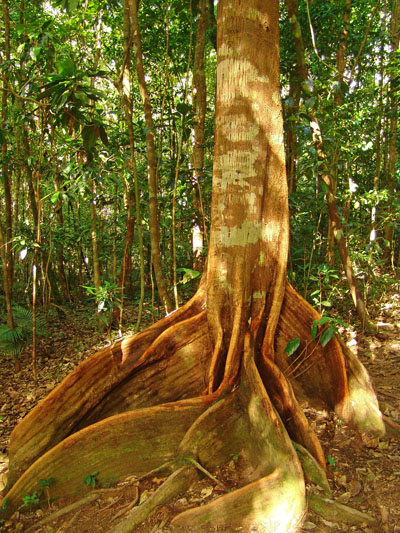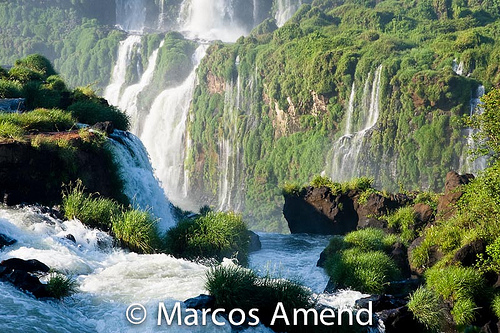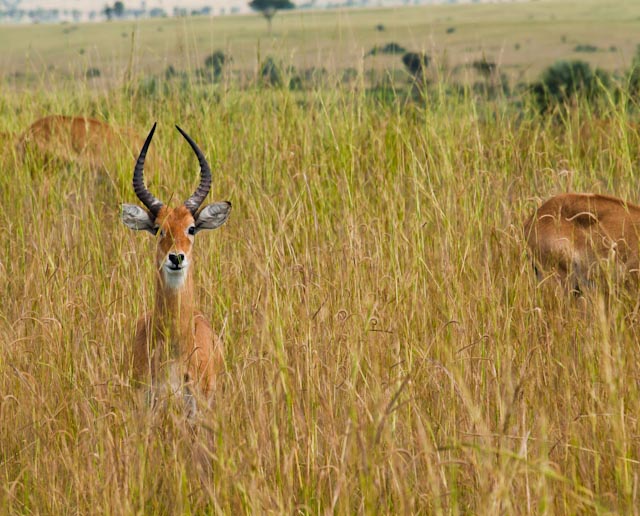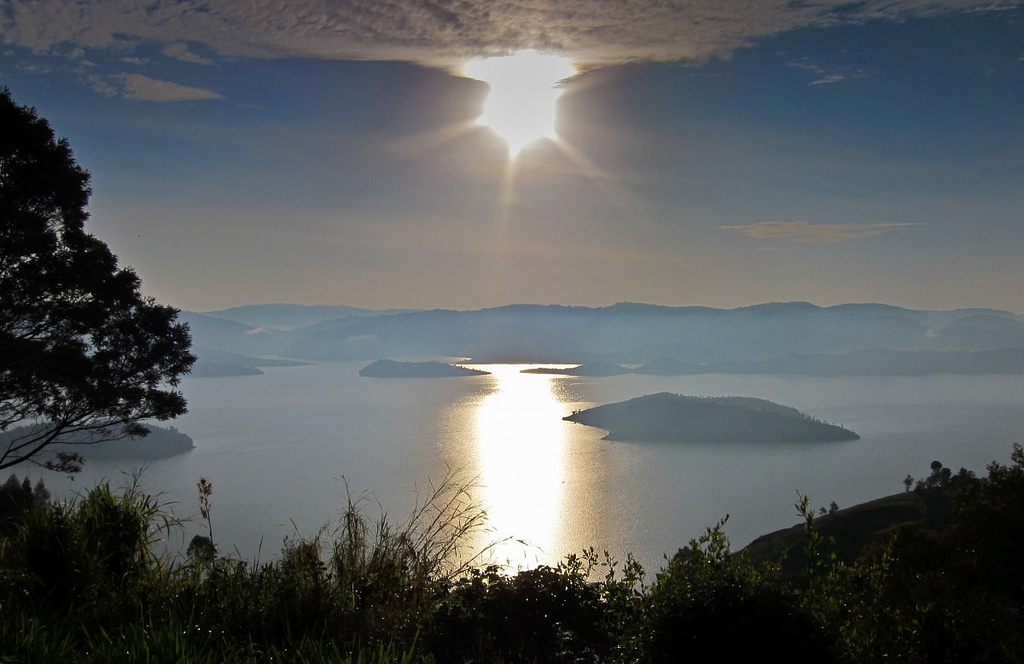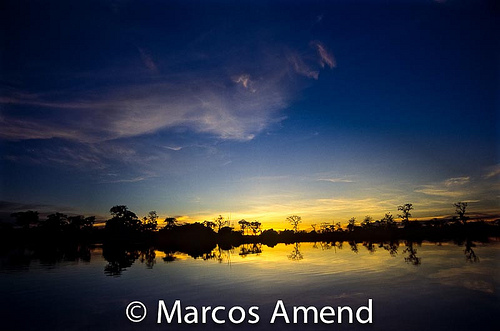News
Born in La Paz, Bolivia, Alfonso Malky Harb first came to CSF as a student in 2006, where he participated in the Madidi National Park course on economic tools for conservation. Two years later, Alfonso joined CSF as an Economic Analyst in the Bolivian office. With a Master's degree in Agricultural Economics from Catholic University of Chile, an undergraduate degree in Economics from the Bolivian Catholic University, and a diploma in Environmental and Social Research Methods from PIEB (Programa de Investigación Estratégica en Bolivia), he was a natural fit for CSF.
Born in La Paz, Bolivia, Alfonso Malky Harb first came to CSF as a student in 2006, where he participated in the Madidi National Park course on economic tools for conservation. Two years later, Alfonso joined CSF as an Economic Analyst in the Bolivian office. With a Master's degree in Agricultural Economics from Catholic University of Chile, an undergraduate degree in Economics from the Bolivian Catholic University, and a diploma in Environmental and Social Research Methods from PIEB (Programa de Investigación Estratégica en Bolivia), he was a natural fit for CSF.
A Fundação Nacional do Índio (Funai) realizou a oficina técnica para alinhar ações da Instituição e dos diversos parceiros ao Projeto de Conservação da Biodiversidade em Terras Públicas na Amazônia com ação da Funai. O Projeto implementado em 2011, tem como objetivo contribuir para a conservação da biodiversidade e a gestão de terras públicas no sudeste da Amazônia brasileira, em especial Terras Indígenas e Áreas Protegidas do Sistema Nacional de Unidade de Conservação (SNUC), bem como, fortalecer iniciativas que promovam o uso econômico sustentável... Blog da Funai
The Albertine Rift is the 920-mile long western area of the East African Rift, covering parts of Uganda, the Democratic Republic of the Congo, Rwanda, Burundi and Tanzania. It runs from the northern end of Lake Albert to the southern end of Lake Tanganyika. Formed over millions of years, the Albertine Rift is the result of two tectonic plates that once collided and are now slowly moving apart. This geologic activity has created some of Africa's tallest mountains and many of the world's deepest lakes. In addition, the unique variation in elevations has contributed to the diversity of habitats that include wetlands, alpine grasslands, lowland and montane forests, and woodland savannas. Within these habitats, one finds everything from active glaciers to volcanoes.
Highlighting the announcement of the MacArthur Award for Creative and Effective Institutions, the front-page article profiles the history of CSF and the importance of our work globally.
“We are recognizing organizations that are doing phenomenal work, and often under the local radar screen,” Steve Cornelius of the MacArthur Foundation said. “They have identified a niche. They have simply been the main organization working in getting these economic principles out.”
Read the article here
Image credit: Christopher Chung/The Press Democrat
Today the John D. and Catherine T. MacArthur Foundation named Conservation Strategy Fund as a recipient of the MacArthur Award for Creative and Effective Institutions. The award recognizes CSF’s innovative work using economics to conserve the world’s most important ecosystems and provides us with a grant of $750,000. The MacArthur Award honors and supports our efforts to creatively address the the loss of unique natural ecosystems by equipping front-line environmentalists with skills to calculate and economic costs and benefits of solutions and thereby come up with answers that will actually work.
CSF has now helped to conserve more than 20 million acres of flourishing ecosystems. That's a big jump from our past reckonings and due largely to the role our Brazilian team has played in slowing badly planned roads and supporting investment in protected areas and indigenous lands. CSF's success centers on reinforcing the efforts of countless local advocates, park managers and scientists on the front lines of conservation and development decisions, giving them a solid economic rationale and strategy for conservation in the face of looming threats.
CSF's Irene Burgués and John Reid traveled to Uganda in November to establish our first long-term program in Africa. The program's initial focus will be on conserving ecosystems in the context of major infrastructure development in the Albertine Rift region shared by Uganda, Rwanda, Democratic Republic of Congo and Tanzania. The region is home to cloud forests, lowland rain forests and savannas, along with active volcanoes and endangered wildlife such as the mountain gorillas. CSF will work with government and NGOs to minimize the impact of new roads, dams and oil on these fragile resources. We are fortunate to have the partnership of the Uganda National Environmental Management Authority (NEMA) as we begin this process.
CSF will launch African and Himalayan initiatives and expand Andes-Amazon programs through $1.2 million agreement with Biodiversity Understanding in Infrastructure and Landscape Development (BUILD) program of USAID.
The United States Agency for International Development (USAID) recently announced a $1.2 million agreement with Conservation Strategy Fund (CSF) to launch a comprehensive initiative in central Africa, expand CSF’s programs in the Andes-Amazon region, and initiate a limited program in Asia’s Himalayan region. The goal of the program is to promote biodiversity conservation through infrastructure best practices.
Solving our global climate crisis hinges on doing a number of things right. One is slowing - eventually stopping - deforestation, which now accounts for 15-20% of global greenhouse gas emissions. To do that we need to know how much stopping deforestation costs and where on the Earth's vast tropical belt it can be done most cost-effectively. With the support of the Gordon and Betty Moore Foundation, CSF has designed an "opportunity cost" analysis method that will work at the level of individual farms and single land uses and be scalable up to the level of entire regions. To read more about this project and test the model yourself, please click here.


